Related Research Articles
The music of Ecuador is a diverse aspect of Ecuadorian culture. Ecuadorian music ranges from indigenous styles such as pasillo to Afro-Ecuadorian styles like bomba to modern indie rock like "Cambio de Tonalidad" by Da Pawn.

Adalberto Ortiz - born Adalberto Ortiz Quiñones was a novelist, poet and diplomat born in Esmeraldas, a province of Ecuador.
A décima is a ten-line stanza of poetry. The most popular form is called décima espinela after Vicente Espinel (1550–1624), a Spanish writer, poet, and musician from the Spanish Golden Age who used it extensively throughout his compositions.
Fanny Carrión de Fierro is an Ecuadorian poet, literary critic, essayist and university professor.
Fernando Jurado Noboa is an Ecuadorian psychiatrist, historian and genealogist.
Jaime Valencia (1916–2010) was an Ecuadorian painter and sculptor. He studied art at Escuela de Bellas Artes. He achieved 3rd prize in the Mariano Arguilera contest in 1957 and the 1st prize the following year. His artwork has been exhibited throughout Latin America. Valencia sculpted the principal facade for the Casa de la Cultura Ecuatoriana Benjamin Carrion in Quito. He also sculpted the busts of two former presidents of Ecuador which are located on the corner of Amazonas and George Washington streets in Quito. He was born in Quito.

The Quito School is a Latin American colonial artistic tradition that constitutes essentially the whole of the professional artistic output developed in the territory of the Royal Audience of Quito – from Pasto and Popayán in the north to Piura and Cajamarca in the south – during the Spanish colonial period (1542–1824). It is especially associated with the 17th and 18th centuries and was almost exclusively focused on the religious art of the Catholic Church in the country. Characterized by a mastery of the realistic and by the degree to which indigenous beliefs and artistic traditions are evident, these productions were among of the most important activities in the economy of the Royal Audience of Quito. Such was the prestige of the movement even in Europe that it was said that King Carlos III of Spain (1716–1788), referring to one of its sculptors in particular, opined: "I am not concerned that Italy has Michelangelo; in my colonies of America I have the master Caspicara".

Instituto Nacional Mejía is a public secondary educational institution of Quito. It was founded on June 1, 1897 by Eloy Alfaro Delgado, then president of Ecuador.
Nelson Estupiñán Bass (1912–2002) was an Ecuadorian writer. He was born in Súa, a city in the predominantly Afro-Ecuadorian province of Esmeraldas in Ecuador. He was first homeschooled by his mother before traveling to the capital city of Quito where he graduated from Escuela Superior Juan Montalvo with a degree in public accounting in 1932. Bass identified with the Communist Party during this time and in 1934 had the opportunity to publish two of his poems in the socialist diary La Tierra.
Blanca Eugenia Viteri Segura was an Ecuadorian writer, anthologist, women's rights activist, and teacher. She has been described as "a grand dame of Ecuadorian literature."
Berta Pereira Majó is a Uruguayan percussionist, dancer, and actor who specializes in Afro-Uruguayan themes. In 1995, she founded the group Berta Pereira y las Comadres, which focuses on Afro-Uruguayan music and folklore. The band is well known for their candombe style of music and their participation in Memoria para armar, a musical performance and dramatic reading of testimonies by women imprisoned under the Uruguayan military dictatorship in the 1970s and 1980s.

Zoila Ugarte de Landívar, also known by her pseudonym Zarelia, was an Ecuadorian writer, journalist, librarian, suffragist, and feminist. She was the first female journalist in Ecuador. Together with Hipatia Cárdenas de Bustamante, she was a key defender of women's suffrage in Ecuador.
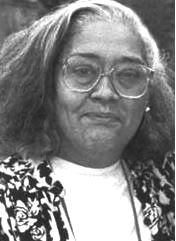
Excilia Saldaña was an Afro-Cuban juvenile literature writer, poet and academic. In 1984, she won the National Union of Writers and Artists of Cuba Special Prize La Rosa Blanca given for the best children's literature of the year for the first time and repeated that award four other times in her career. In 1995, she was a finalist in the International José Martí Prize for children's Literature awarded by the Costa Rican Ministry of Culture and the San Judas Tadeo Foundation. Three years later, her poetry garnered her the Nicolás Guilén Award.
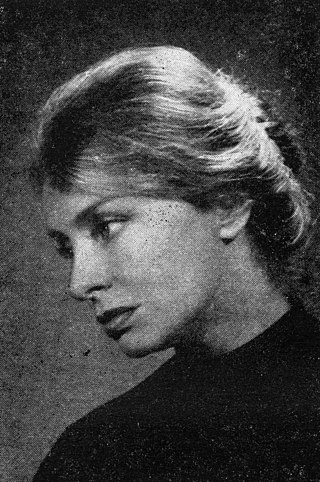
Emma de Cartosio (1928–2013) was an Argentine writer, poet, storyteller, essayist and teacher. The Emma de Cartosio poetry contest was established in Entre Ríos Province in 2015.

Dolores Marta Gracia de Gangotena y Jijón was an Ecuadorian art collector, conservationist. She was First Lady of Ecuador to Camilo Ponce Enríquez from 16 September 1956 to 31 August 1960.

María de las Mercedes Jijón de Vivanco y Chiriboga was the first First Lady of Ecuador, serving in that capacity twice alongside her husband, Juan José Flores.
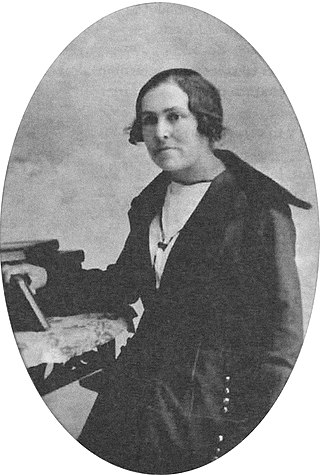
María Angélica Idrobo was an Ecuadorian writer and feminist activist.
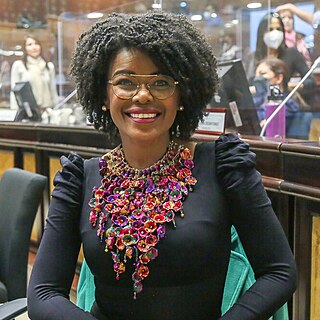
Janeth Paola Cabezas Castillo is an Ecuadorian politician and former television presenter. She was the Governor of Esmeraldas Province from 2013 to 2016 and is a current member of Ecuador's National Assembly for the Citizen Revolution Movement (RC). Cabezas was elected leader of the largest political coalition in the 2021 National Assembly, the Union for Hope (UNES).
The Quito Revolution (1809–1812) was a series of events that took place between 1809 and 1812 in the Real Audiencia de Quito, which led to the establishment of a short-lived State of Quito, and which can be considered as the seed of the independence movements that ended up forming the current Republic of Ecuador.
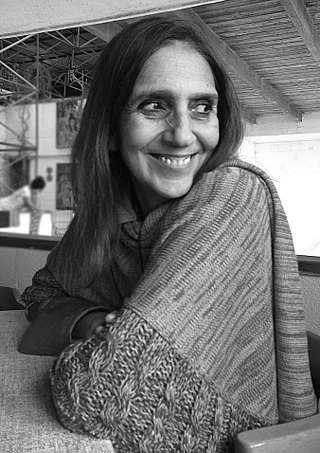
Evelia Peralta is an Argentine-born Ecuadorian architect. She has published several books on contemporary architecture and the architecture of Quito. She directs an architectural magazine titled Trama and she co-founded the Bienal Panamericana de Arquitectura de Quito.
References
Citations
- 1 2 3 4 5 6 Pérez Pimentel, Rodolfo (2016). "Luz Argentina Chiriboga Guerrero" (in Spanish). Guayaquil, Ecuador: Diccionario Biografico Ecuador. Archived from the original on 4 March 2016. Retrieved 23 February 2016.
- 1 2 López de Martínez & Cunha-Giabbai 2000, p. 257.
- 1 2 DeCosta-Willis 2003, p. 203.
- 1 2 Feal 1998, p. 24.
- ↑ DeCosta-Willis 2003, p. 212.
- ↑ DeCosta-Willis 2003, p. 213.
- ↑ DeCosta-Willis 2003, p. 214.
- ↑ DeCosta-Willis 2003, p. 158.
- ↑ "Argentina Chiriboga" (in Spanish). Ecuador: Poesía en Paralelo Cero 2011. 2011. Retrieved 23 February 2016.
Sources
- DeCosta-Willis, Miriam (2003). Daughters of the Diaspora: Afra-Hispanic Writers. Kingston, Jamaica: Ian Randle Publishers. ISBN 978-976-637-077-0.
- Feal, Rosemary Geisdorfer (Fall 1998). "The Legacy of Ba-Lunda: Black Female Subjectivity in Luz Argentina Chiriboga's "Jonatás y Manuela"". Afro-Hispanic Review. 17 (2). Nashville, Tennessee: Department of Spanish and Portuguese, Vanderbilt University: 24–29. ISSN 0278-8969. JSTOR 23053971.
- López de Martínez, Adelaida; Cunha-Giabbai, Gloria da (2000). Narradoras Ecucatorianas de Hoy: Una Antologia Critica (in Spanish). San Juan, Puerto Rico: Editorial de la Universidad de Puerto Rico. ISBN 978-0-8477-0087-5.